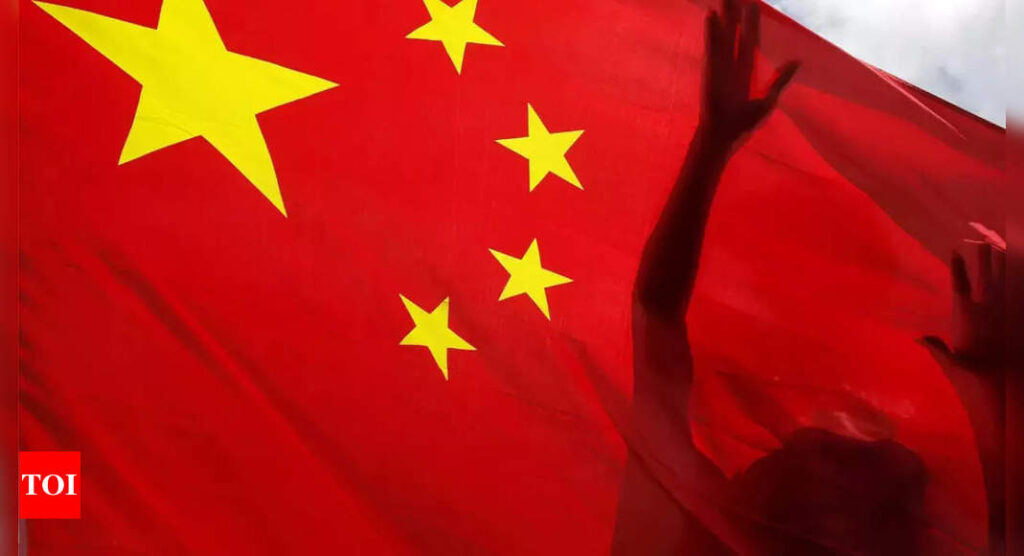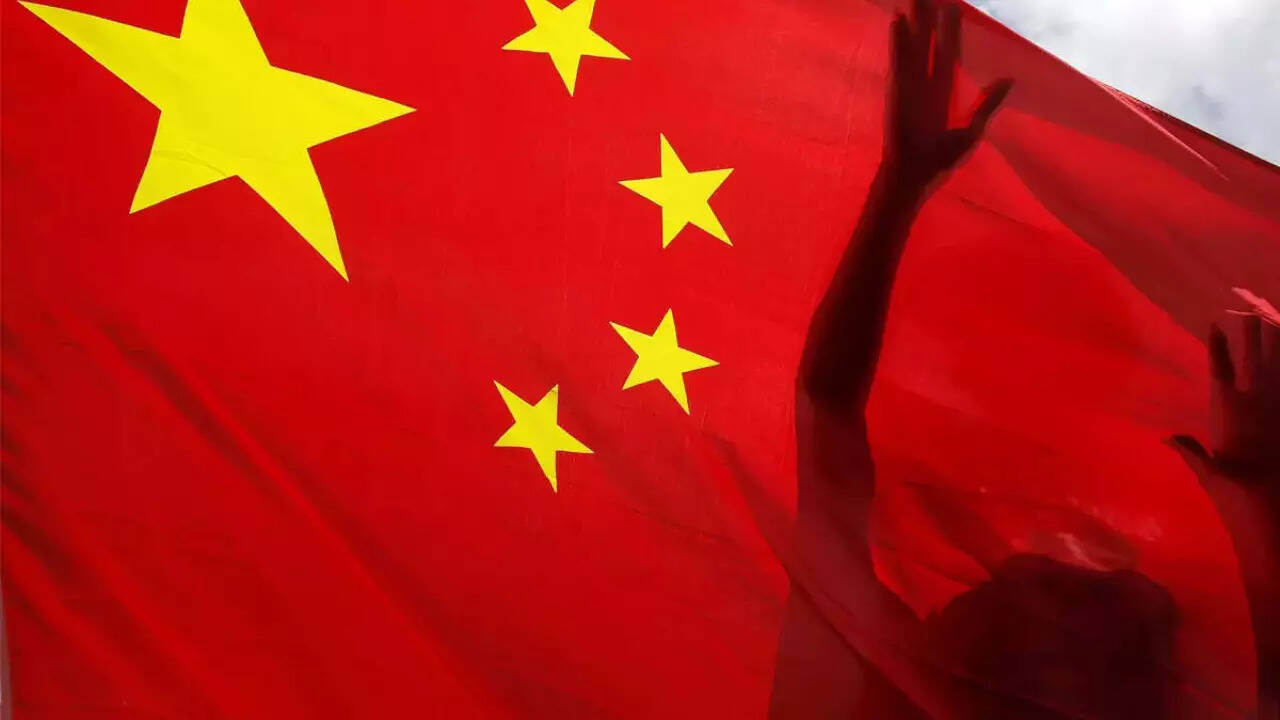[ad_1]
The company, which along with Huawei has been facing the brunt of border tensions, believes that having an Indian partner will help drive in the “critical trust factor” into its operations. This will enable it to service existing telecom and network companies, while also gaining new business.
“ZTE has begun conversations with some credible Indian manufacturers who it is looking to partner with, through a joint venture, for telecom and network business. The company is ready to transfer technology, engage in research and development and design, while the Indian partner would need to make investments for the manufacturing,” a source told TOI.
The source said that conversations have already been held with some top Indian contract manufacturers. “These talks are at an initial stage, and may or may not materialise into a joint venture,” the source added. When contacted, an official at ZTE declined to comment on the development.
Both Huawei and ZTE had a strong telecom network and equipment business in India, but have been relegated to the fringes now as the Indian government, like many other countries in the West, looks at allowing gear only from ‘trusted’ locations, considering the threat of espionage and cyber attacks.
The Indian government has stipulated checks and norms for the deployment of telecom equipment across the networks of private operators such as Reliance Jio, Bharti Airtel and Vodafone Idea. The Indian telcos are allowed to use equipment from Chinese companies only if they are maintaining or upgrading existing networks that were originally set up by the latter. For next-generation networks such as 5G, the mobile operators are now using equipment sold by European companies like Ericsson and Nokia, and others like Korean Samsung.
State-owned BSNL and MTNL, who were heavy users of telecom network from the Chinese (especially ZTE), have now migrated to a completely indigenous stack for upgrade to 4G. They are using the network developed by Tatas-owned TCS and Tejas where the core is being provided by the government’s C-DOT.
[ad_2]
Source link











More Stories
India’S Growth Forecast: S&P ups India’s FY’24 growth forecast to 6.4% on robust domestic momentum
India to remain fastest-growing major economy, but demand uneven: Poll
Jack Ma: Jack Ma gets back into business with ‘Ma’s Kitchen Food’